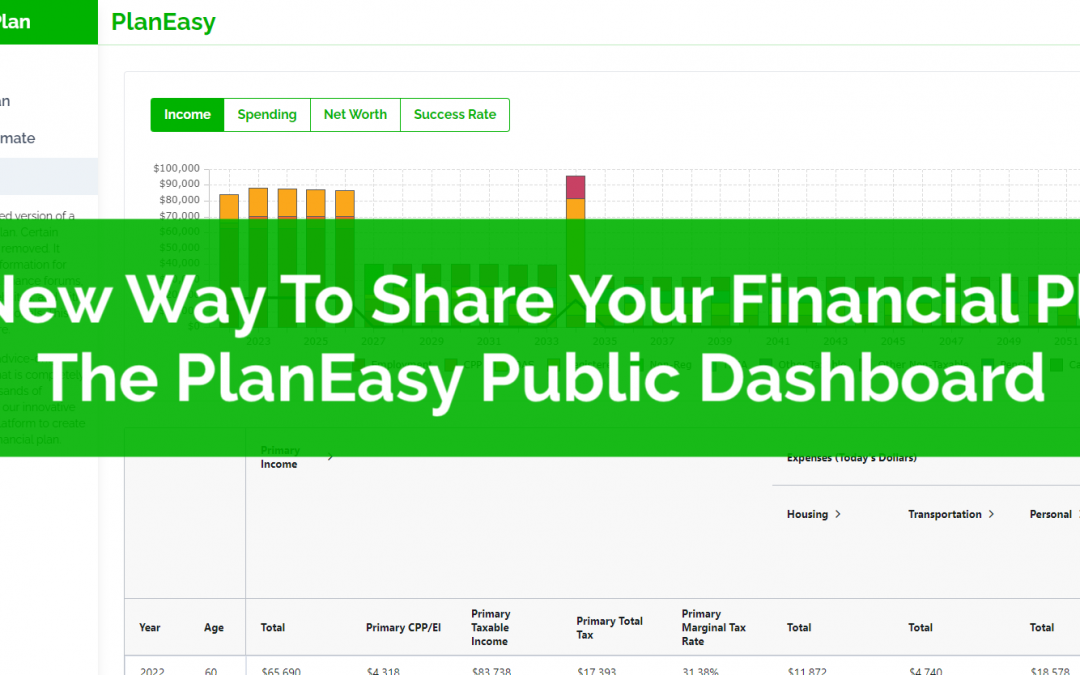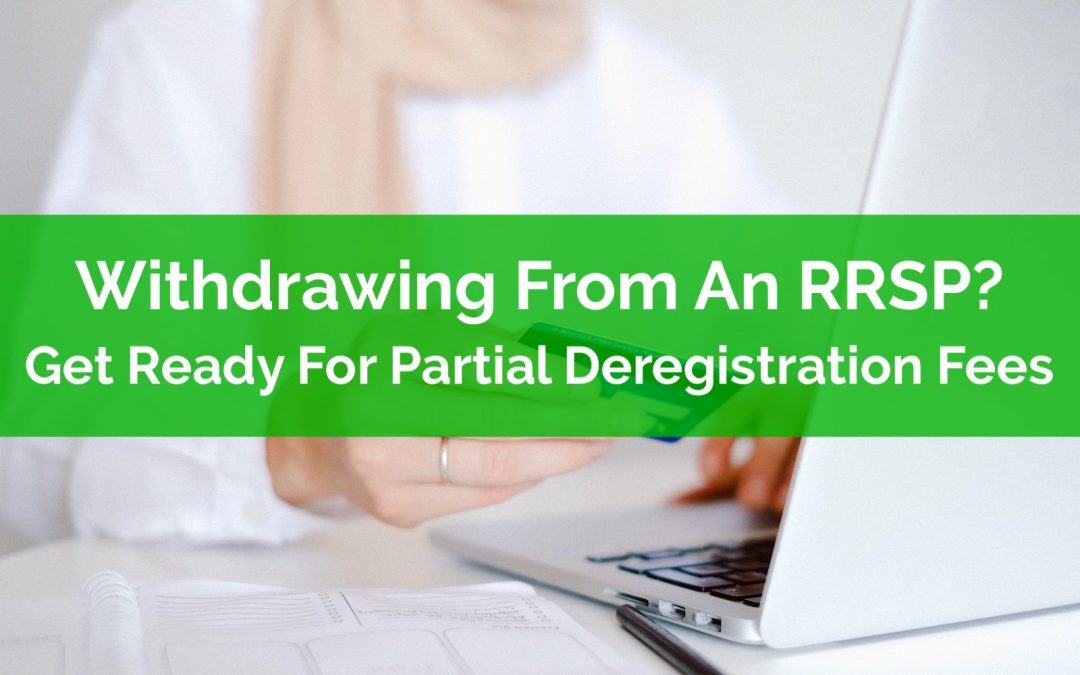
by Owen | Mar 28, 2022 | Behavioral Finance, Budgeting, Financial Goals, Financial Planning
Talking about personal finances has always been somewhat taboo. It’s difficult to discuss personal finances with friends and family. Everyone has different values and goals. We all have different financial circumstances. And sometimes… talking about personal finances can lead to hurt feelings and personal strife.
This has led to many people avoiding personal finance discussions or discussing personal finances anonymously in online forums and communities.
But discussing personal finances in an online community can be difficult. Personal finances are personal. A financial plan can differ dramatically from one person to the next. To have a good discussion requires a lot of information, something difficult to do in an online community.
At PlanEasy we want to make financial planning easy. We want to make it easier to share and discuss personal finances online.
That’s why we’re introducing the PlanEasy Public Dashboard, a completely anonymous way for PlanEasy users to share their financial plan… let’s take a look at the Public Dashboard…

by Owen | Jan 31, 2022 | Budgeting, Financial Goals, Saving Money
We could all use some simple ways to save money each month. Saving money is important. Saving money helps us reach our financial goals.
The problem with traditional “money saving tips” is that everyone’s goals and values are different. We spend money differently and those typical “money saving tips” usually end up focusing on silly things like discretionary spending.
This list is different. This list includes simple ways to save money that we can all do without impacting our lifestyle. This money saving list doesn’t focus on lattes or avocado toast, it focuses on simple changes to our spending/saving/investment routine that can lead to some big savings.
You might be doing some of these things, or maybe even all of these things. If you are, you’re probably saving an extra $1,000+ per year. If you’re not, then there are some big opportunities if you make a few of these changes.

by Owen | Jan 10, 2022 | Budgeting
Tracking your spending is a great thing to do every once in a while. Even if it’s just for a short period of time, tracking your spending can provide an amazing insight into where your money is going. It can help you understand if your spending actually lines up with your values and goals.
You may want to do this permanently, to help you track your progress towards your goals, or you may want to do this temporarily, perhaps to help get your spending back on track, or to find out where your miscellaneous spending is going. You may also want to do this 1-2 years before retirement, just to make sure that your retirement budget isn’t missing anything.
You might want to track your spending… but you don’t want to give Mint all your passwords or pay YNAB a monthly fee. What you’re looking for a low-cost budgeting alternative that is still somewhat automated and easy to use, so why not setup your own spend tracker using Google Forms and Google Sheets?
Don’t want to set up your own spend tracker? Use our free Budget Tracking template. It’s built on the same principles as below, but we’ve already done a lot of the work for you. More details at the end of the post.
Creating your own spend tracker using Google Forms and Google Sheets is super easy to do. Google Forms integrates with Google Sheets so that every entry you make gets automatically added to your Google Sheet. As you spend money you simply pull up the Google Form on your phone, enter the amount and the category and hit submit. Google automatically adds this entry to your Google Sheet with a timestamp.
To help we’ve created a short video to guide you through the steps. In this video we’ll create a basic spend tracker, it’s nothing fancy but you can always add more functionality/charts later.

by Owen | Dec 26, 2021 | Behavioral Finance, Budgeting, Financial Goals, Financial Planning
Here we go again! It’s time for the New Year! It’s time for New Year’s resolutions and time for new beginnings (and it’s time to recover from all that holiday spending!)
After indulging in the gifts and the treats, a New Year’s resolution is the perfect time to change course, it’s the perfect time to focus on your personal finances, and there are lots of great financial goals to choose from!
Did you know that about half of us make a New Year’s resolution each year? While dieting, exercise, and eating right always seem to top the list, this year you should consider making a New Year’s resolution that is focused on your personal finances.
A New Year’s resolution is the perfect way to make a positive change in your life and it’s a great time to make a change to your personal finances too. The new year is the perfect time to reflect on your personal finance routine, take stock of your situation, and choose a great financial goal to focus on in the new year.
Why wait? Start your New Year’s resolution now. Don’t put all that pressure on New Year’s, start your resolution today!
If you’re looking for some inspiration we’ve got 18 great financial goals for your New Year’s resolution.

by Owen | Oct 18, 2021 | Budgeting, Financial Planning, Income, Retirement Planning
For those in the accumulation phase of their financial plan, withdrawals are not even on the radar yet, they’re entirely focused on contributions.
But for those getting close to retirement and the decumulation phase, their mindset starts to shift from contributions to withdrawals. They’ve been adding to these accounts for so long that they’re probably now wondering “how do I get my money out?”.
One unexpected realization people often have as they enter the decumulation phase is that it costs money to withdraw from an RRSP, sometimes a lot of money.
That’s right, withdrawing from an RRSP costs money. There is typically a fee charged on every RRSP withdrawal. These RRSP withdrawal fees are called “partial deregistration fees” and they can range anywhere from $50 to $100+ depending on the financial institution.
Finding out about these partial deregistration fees is a shock for those entering early retirement and for those who aren’t aware that these fees exist… or how to avoid them.

by Owen | Sep 20, 2021 | Behavioral Finance, Budgeting, Financial Goals, Financial Planning, Income, Retirement Planning, Saving Money, Tax Planning
In a world filled with uncertainty a financial plan has this amazing ability to predict the future.
It can help predict future income, expenses, assets, and debts. It can help predict if you’ll be financially secure in the future or if you’ll be eating cat food. It can help predict if you need to save more to achieve your goals or if you can spend more now and enjoy today. In can help predict if you’ll run out of money in retirement or if you’ll end up with millions.
A financial plan isn’t a perfect prediction of course. It’s based on certain assumptions. But good assumptions can create a good prediction. There will still be some chance of the future working out differently than planned, but with a path mapped out the future becomes very real and very achievable.
They say that “failing to plan is planning to fail”. A financial plan will help you know where you’re going. It will help you create a clear roadmap to follow. If you can hit the milestones on the roadmap then success is all but guaranteed.
Here are just a few ways that a financial plan can help you predict the future and make it a reality.
Page 4 of 12«...23456...»





